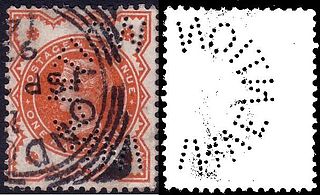Loading AI tools
Unique identifier code for a recipient of telegraph messages From Wikipedia, the free encyclopedia
A telegraphic address or cable address was a unique identifier code for a recipient of telegraph messages. Operators of telegraph services regulated the use of telegraphic addresses to prevent duplication. Rather like a uniform resource locator (URL), the telegraphic address did not contain any routing information (aside from possibly a city name), but instead could be looked up by telegraph office personnel, who would then manually direct the message to the office nearest the destination or to an intermediate office. Since the destination address of a telegram counted as part of the message, using a short registered address code saved the expense of sending a complete street address.[1] Telegraphic addresses were chosen either as versions of a company's name or as a memorable short word somehow associated with the recipient. Occasionally, an organization would come to be best known by its telegraphic address, for example Interflora, Interpol and Oxfam. A telegraphic address was a valuable part of a company's corporate identity, and disputes sometimes arose when a competitor registered a telegraphic address similar to a trade name or identifier used by a rival.[2]


Seamless Wikipedia browsing. On steroids.
Every time you click a link to Wikipedia, Wiktionary or Wikiquote in your browser's search results, it will show the modern Wikiwand interface.
Wikiwand extension is a five stars, simple, with minimum permission required to keep your browsing private, safe and transparent.